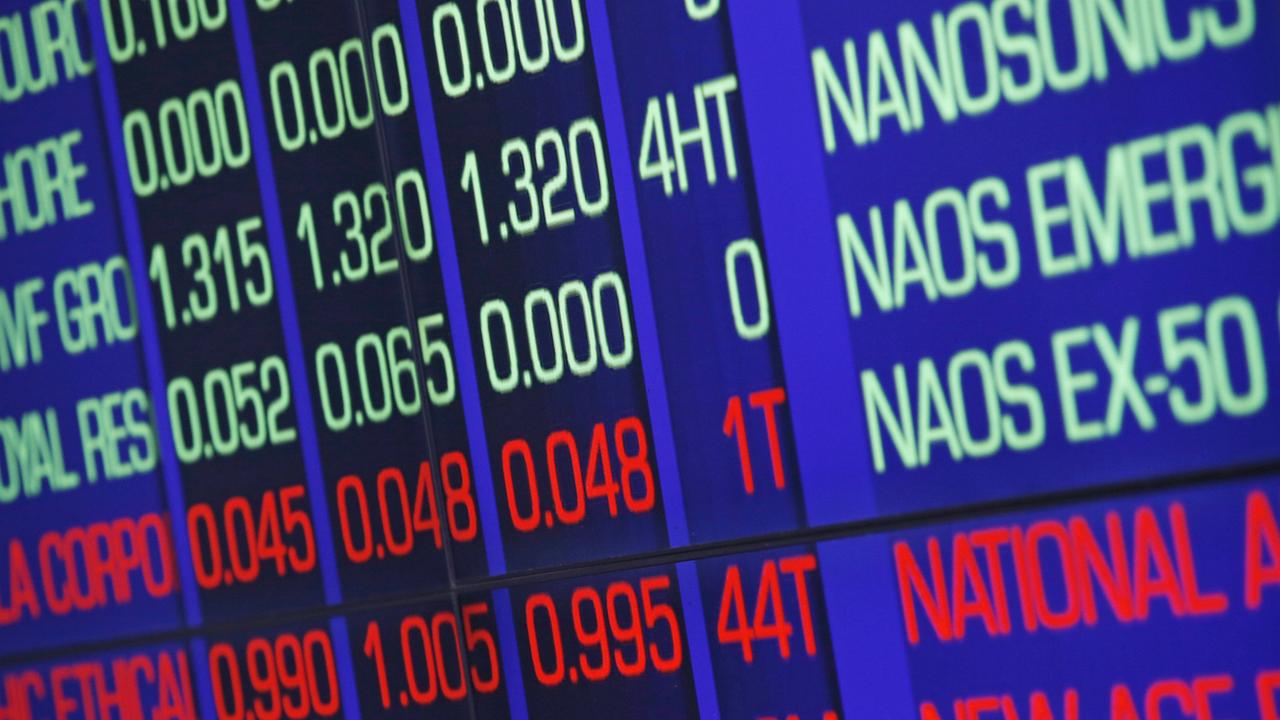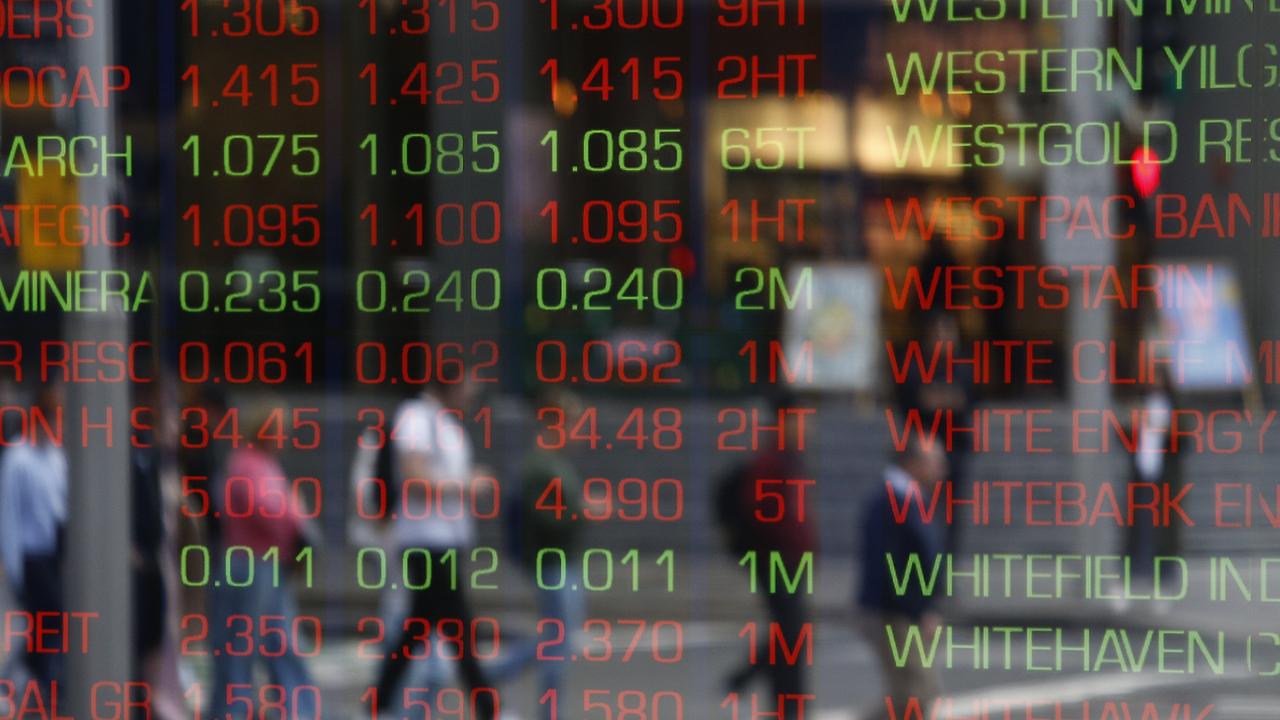Australian sharemarket fell 21.4 points at the close on Thursday
A day after setting a new 52-week high, the Aussie sharemarket retreated at the closing bell on Thursday.
The Aussie sharemarket retreated at the closing bell on Thursday just a day after setting a new 52-week high.
The benchmark ASX200 dropped 21.4 points, or 0.27 per cent, to finish at 8036.5 points at the close.
The broader All Ordinaries index also suffered 30.8 points, or 0.37 per cent, to reach 8272.7 points.
Seven of 11 sectors saw red, with tech facing the biggest blow losing 3.4 per cent.
Liontown Resources finished highest gaining 3.66 per cent to close at 99c.

The sector was dragged lower when Wisetech Global Ltd fell 6.32 per cent.
“The decline in tech stocks follows news the Biden administration is considering trade restrictions against China (and) points to ramp up limits on exports on key components to China,” CommSec market analyst Laura Besarati said.
The worst performing stocks in this index were Domino’s Pizza dipped 8.23 per cent at the close.
The banking sector was also mixed, with ANZ boosted by 0.3 per cent, Westpac remaining stable, and Commonwealth and NAB losing 0.6 per cent and 0.2 per cent, respectively.
Meanwhile, the property sector also didn’t perform well, a possible response to the uncertainty about upcoming interest rates.
It comes as the Australian Bureau of Statistics released its latest labour force figures, with unemployment rising to 4.1 per cent.
“There were 50,000 jobs added in the month of June, more than the 20,000 analysts were inspecting,” Ms Besarati said.
“That has investors quite concerned about the potential for a rate hike in Australia.”

CreditorWatch chief economist Anneke Thompson said the Reserve Bank of Australia would likely take Thursday’s abor Force announcement as a positive step in the right direction.
“This indicates that while jobs growth has been strong, it has broadly kept up with population growth since the reopening of borders in mid-2022,” Ms Thompson said.
“The unemployment rate remains well below pre-Covid levels, and labour force conditions are still strong, though not overheating.
“Overall, this is positive news for the RBA, who are keen to maintain strong employment while getting inflation back into the target band – the ultimate threading of the needle.
“So far, they are succeeding on the employment side, but it remains to be seen if inflation can be pushed back into the band at the current monetary policy setting.
“We expect that with slowing business conditions, employment growth will slow down considerably over the latter half of 2024 and in to 2025, pushing the unemployment rate up.
“In terms of the fight against inflation, this is good news. And given that the unemployment rate will be rising off such a low base, the RBA still has a chance of maintaining close to full employment, even if the unemployment rate reaches 4.5 per cent.”
Overseas, the Nasdaq recorded biggest fall since December 2022, finishing at 2.8 per cent on Wednesday.
The S&P 500 dropped 1.4 per cent, while the Dow Jones gained 0.6 per cent to close at a record high for the second consecutive session.
The Aussie dollar is trading around US67.3c at the time of publication.






